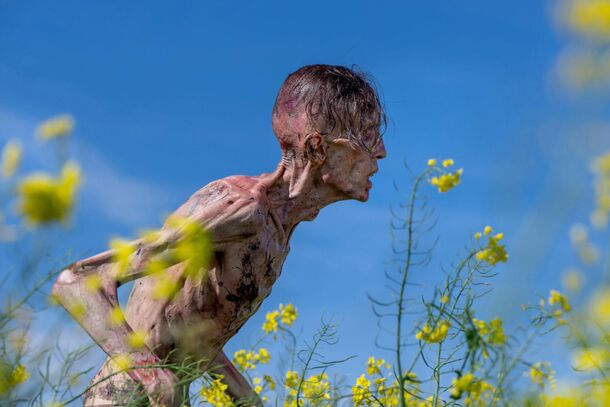Not Walking Dead — Fully Alive Madmen: Why the Infected in '28 Years Later' Stay Alive for Years

Not your usual undead.
It has been nearly three decades since the Rage Virus outbreak, yet the infected have not only survived — they have mutated. In 28 Years Later, the 'zombies' are not the mindless dead but living humans consumed by uncontrollable rage. However, unlike typical brainless predators, their development has followed an unpredictable path.
How these infected differ from others
In the first film, the infected were fast, furious, and short-lived — thought to perish of starvation within weeks. But the third installment breaks that rule.
In the forests of Britain and on the outskirts of ruined cities, survivors adapted to the wild. They learned to hunt, feed on animal flesh, and maintain basic coordination. These creatures are nicknamed 'slow-lows' — half-decomposed corpses, but still driven by primal instincts.

A new breed of infected
The real breakthrough is the appearance of Alphas — mutated infected who possess monstrous physical strength and, crucially, the beginnings of consciousness. One such infected male in the film shows leadership qualities: he doesn’t blindly attack people but directs others like a weapon.
He watches, chooses the moment, and even displays something resembling care: in one scene, the Alpha male responds to the cry of a baby — not like an animal, but as a being capable of more than just rage.
What keeps them alive?
Biologists in the film speculate that the virus has entered a new stage: it rewrote their metabolism, enabling the infected to digest food, regenerate tissue, and even reproduce. They are no longer simply rage machines — they are a new kind of human.
